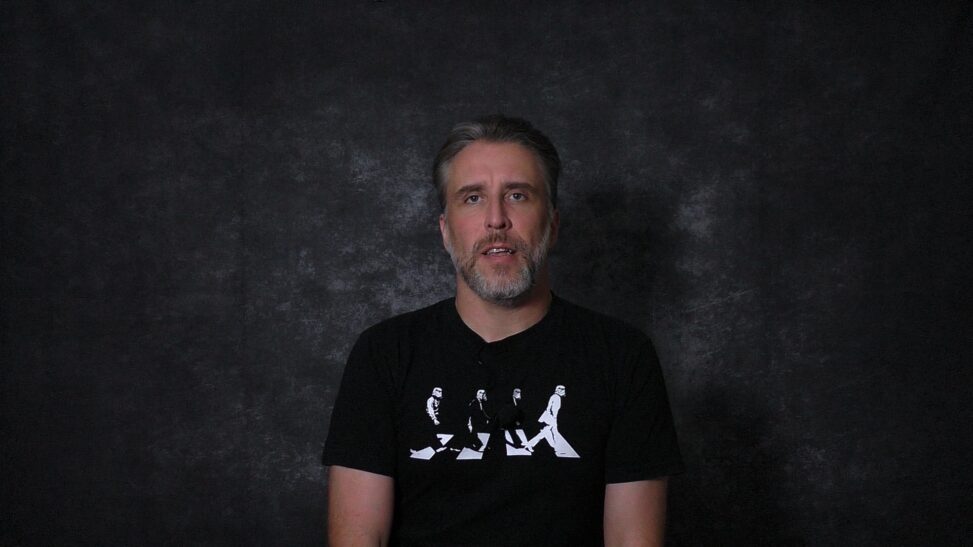Just as the Industrial Revolution transformed my grandparents from shoemakers into artisans operating machinery, this new age of AI is changing the landscape for developers. In the near future you’ll be either an artisan coding bespoke solutions, or an engineer operating the machinery that codes for you. Welcome to the next industrial revolution in software development.
And now about this….
Both my grandparents were shoemakers. They handled all the manual labour involved in making a new pair of shoes, from crafting the sole, to stitching the leather, then polishing and personalising every one to meet customer needs. Obviously, after a while, they started using machines for tasks like stitching or polishing the shoes, but it remained labour-intensive work, crafting each pair by hand.
This artisanal approach mirrors the early days of software development. Let me explain. Doing an application “back in the days” meant that I would need to code it to my client needs by hand, choose a place to host it or to run, making sure it would be scalable and responsive. As time passed, we became faster at developing solutions, with frameworks and code completion, with automation everywhere.
This meant that we were no longer tied to the ‘old’ way of creating solutions, we could build and run multiple applications at the same time, creating one to customer needs was easier, as there were better tools, better frameworks, more help for developers to focus on the quality of the code and maximising the output, especially when it comes to user needs and accessibility, or human interaction.
Focusing on the code wasn’t the issue or the speed of the development, but rather picking the right tools, frameworks, making sure we could automate deployment, monitoring everything, scaling from the start. In a sense, was pretty much like it was with my grandparents transitioning from handcrafting to using machinery.
However, the landscape is changing again, just as it did for my grandparents during their industrial age, when large machinery could actually produce multiple pairs in seconds, all while maintaining consistent quality and reducing production costs. The machine would be taught and programmed to use modern shoemaking techniques, would be optimized for the right output and the shoemakers became designers, whilst everyone was more focused on making sure that the production line would be working all the time. In this process we spent more time optimising, fine tuning, repairing, managing the machine that produces shoes to the best quality and cost, and only a few worried about the looks, feel and how it interacts with humans. We stopped being shoemakers and became designers, artisans and industrial machinery operators, engineers that build and maintain the machines.
Similarly, AI is becoming a game-changer in the development world. It is optimized to produce solutions and performs efficiently. It scales to meet demand and offers consistently high output. In short, it’s a reliable, money-making machine that caters to large-scale needs. Developers (shoemakers) are now faced with two paths: operate the AI machinery or become artisan designers focusing on human interaction and creating new optimization processes. The need has shifted from teaching how to code to instructing how to operate and maintain AI, ensuring it is optimized and updated to current standards (like mechanical engineers do with industrial machinery).
DevOps will soon stop being a thing and we will be working more on the AIOps side of things, where the focus is on optimizing the code-producing machinery. Because we know that AI can code exceptionally well, better than most developers can without coffee, in the same way all the time, it will allow us to focus on the engineering part of things; the operation, the training, the optimization and making sure it uses recent frameworks, that are updated. And that’s where SRE comes in and will be huge in the near future, moving some developers to the engineering side of things means that they will need to know how to operate and maximise the current industrial environment (AI).
Bottom line; just as my grandparents had to adapt to their own industrial revolution and become more artisanal, with AI we’ll be witnessing a similar paradigm shift in modern development, where you’re either an artisan developer or part of the industrial AI complex, either by operating, maintaining and optimizing the machine that codes, or the designer that puts in new solutions and new processes to aim for new customers, trends and reduces manufacturing costs. It’s like a brand new world, again. Let’s go explore it.

Comments are closed.